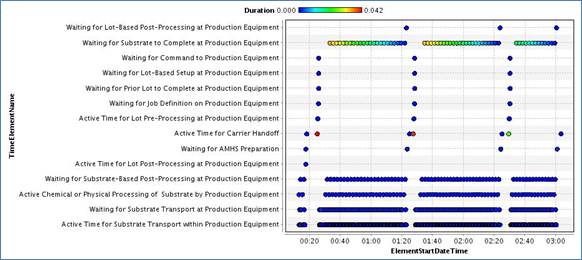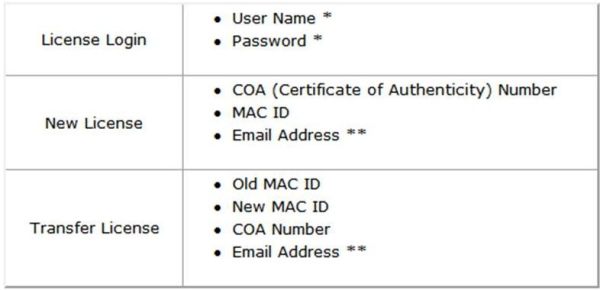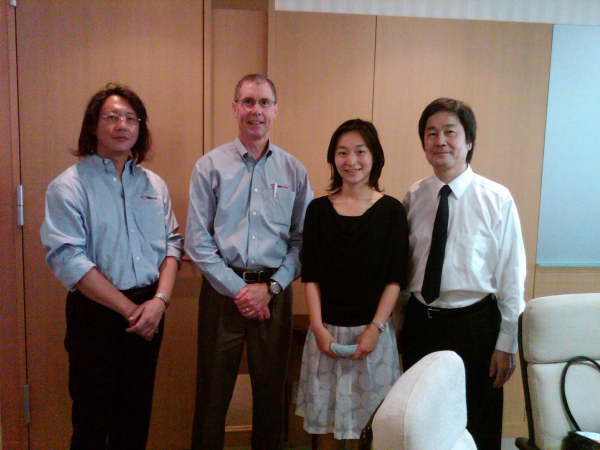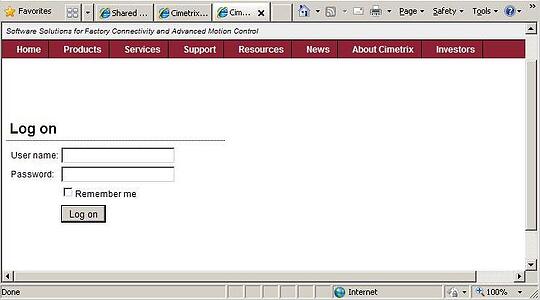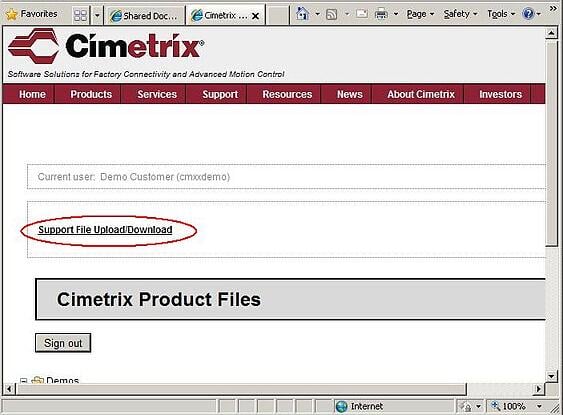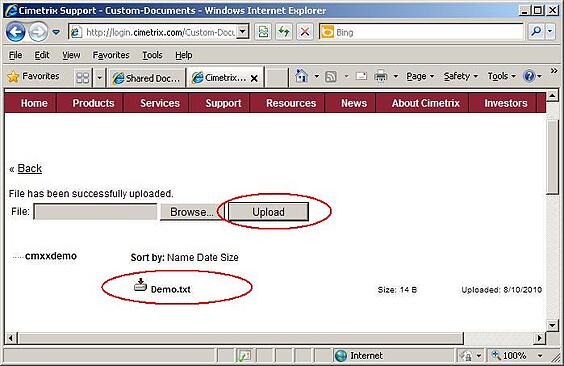With the new year, comes a major new initiative for Cimetrix to grow the markets for its products. The company used the transition to 300mm manufacturing to establish a leadership position for its current product portfolio in the semiconductor industry. However, the company is starting to have success expanding into adjacent vertical markets that includes disk drive, display, LED, and photovoltaic. The objective of this new initiative is for Cimetrix to leverage its experience, technology, and product portfolio gained in the advanced semiconductor manufacturing industry to expand the markets for Cimetrix products. We will be exploring new opportunities in our current adjacent markets as well as possible new markets such as SMT and electronic assembly.
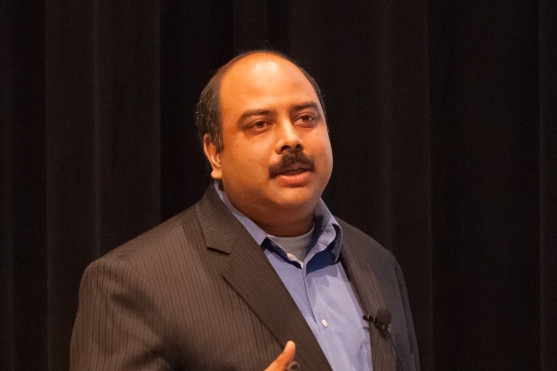
To head up this initiative, Ranjan Chatterjee has joined the company in the role of Vice President, Emerging Business and Technology Office. He will focus on extending and introducing Cimetrix’ portfolio of products into Industry 4.0 and Industrial Internet of Things (IIoT) initiatives by interfacing manufacturing equipment with big data and analytics tools. The data generated by devices connected via Cimetrix products can also be enlisted to bolster another methodology often used with lean manufacturing—Six Sigma. With the improvements in cloud and big data tools and infrastructure, one can use these methodologies on data with much bigger volume, velocity, and variety. This enables process control and a lack of variation of products. Processes can be monitored and corrected in real-time instead of inspecting machines merely at completion, and eventually this will help improve yields and reduce scrap. Specifically, manufacturers will need to establish a robust data infrastructure that works across the broader array of machines on the shop floor while breaking down protocol barriers so the machines can communicate effectively and in real time.
Manufacturers will also need to establish a bidirectional data flow so they are not only collecting information from equipment, but also pushing control back to the machines to optimize their usage. Manufacturers that can capture the right information, sift through it, and use it at the right time will be the ones that succeed. Cimetrix intends to be a leader in enabling this vision. Ranjan’s decades of experience at Motorola and in the industry as a whole in software development, big data, cloud, process control, and lean manufacturing will enable Cimetrix to both adapt and develop products and partnerships to enable a robust ecosystem for a compelling solution.
Ranjan’s relationship with Cimetrix is not a new one as he is a former client. While at Motorola, Ranjan oversaw the development and deployment of a standards-based factory control system for SMT and assembly, which encompassed 24 factories around the world, and connected to over 20,000 pieces of equipment using the first generation of Cimetrix connectivity software. At that time, it was the leader in cell phone manufacturing and the largest purchaser of SMT equipment in the world. More recently, Ranjan has worked with companies developing and deploying systems using cloud technologies, big data analytics, and various modern technologies with a global software development team.
Ranjan is extremely excited to join the Cimetrix team as he sees many opportunities to leverage the latest cloud and big data analytics with Cimetrix core expertise and product portfolio into new markets for Cimetrix. He sees great potential for expanding Cimetrix in this new direction and we here at Cimetrix are looking forward to Ranjan leading the way.
If you are interested in discussing possible business opportunities and/or partnerships with Cimetrix with this new initiatives, please fill out our contact form to reach the Emerging Business and Technology Office.♦


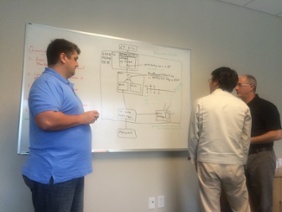 For a small company like Cimetrix, we can be proud of these accomplishments. We are very thankful to have had
For a small company like Cimetrix, we can be proud of these accomplishments. We are very thankful to have had 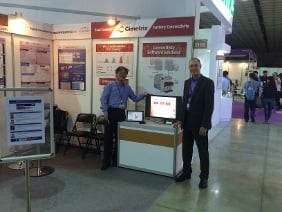
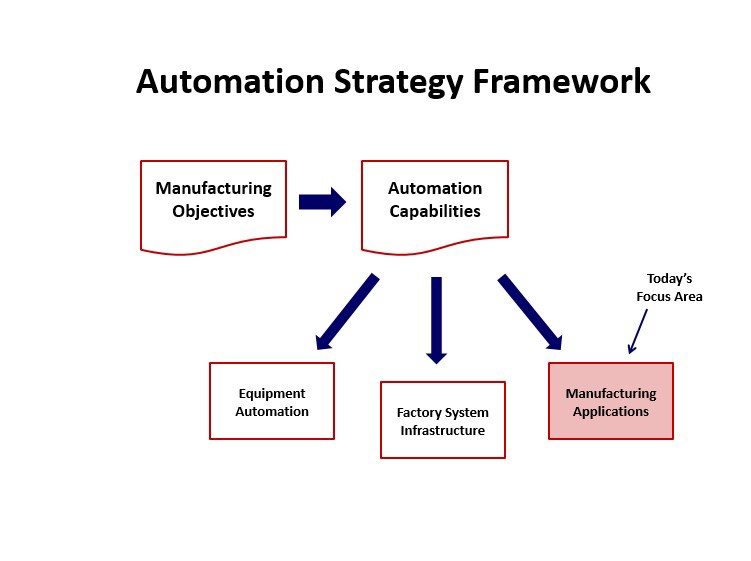
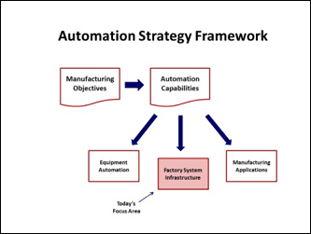 However, before diving into a detailed design process for an EDA factory system, you must decide what overall system architecture will govern that design. A number of factors go into this decision, including 1) the functional requirements that distinguish EDA-based data collection from other more traditional approaches, 2) technology constraints of the existing factory systems, 3) budget limitations, 4) schedule requirements, and especially 5) the non-functional requirements (scalability, performance, reliability, ease-of-use, etc.) that often make the difference between success and failure of a given system.
However, before diving into a detailed design process for an EDA factory system, you must decide what overall system architecture will govern that design. A number of factors go into this decision, including 1) the functional requirements that distinguish EDA-based data collection from other more traditional approaches, 2) technology constraints of the existing factory systems, 3) budget limitations, 4) schedule requirements, and especially 5) the non-functional requirements (scalability, performance, reliability, ease-of-use, etc.) that often make the difference between success and failure of a given system.